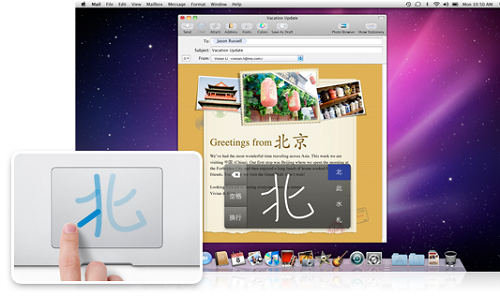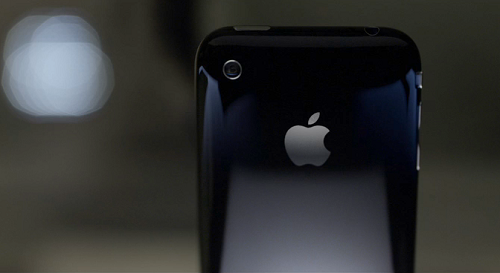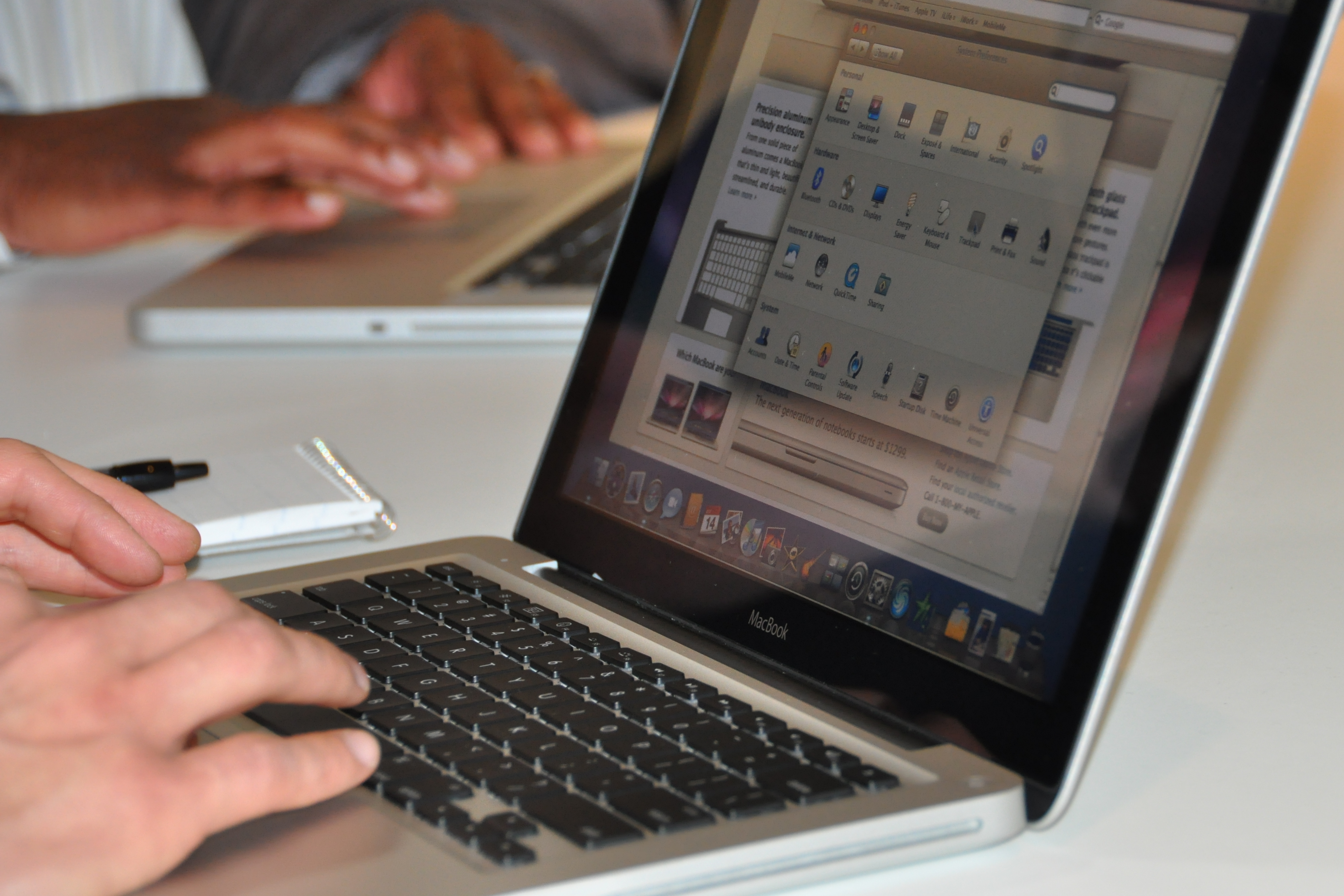Apple’s Worldwide Developer Conference 2009 keynote was the strangest ever—and not just for CEO Steve Jobs’ absence. Apple cut prices where unexpected, while keeping them high where Wall Street analysts expected cuts. The $29 Snow Leopard upgrade is simply stunning.
Everyone should ask: Why Apple is asking so little for seemingly so much? That from a company that normally charges more for products.
Today’s shockers:
- Mac laptop price cuts came at the high end, making entry-level models still pretty pricey compared to Windows PCs. Wall Street analysts had been pining for $799 Macs.
- In what I can only describe as a counter-intuitive move, Apple slashed the price of Mac OS X 10.6 (aka Snow Leopard) by about 78 percent compared to every other OS X upgrade. Software tends to pull in big margins. Surely, this is one price cut Wall Street wasn’t looking for.
- Apple lowered entry price of iPhone to $99 in the United States, a move some Wall Street analysts pined for. But Apple made the price cut in a surprising way—at least to anyone not closely following the company’s pricing and product strategies.
Snow Leopard Jumps Through Windows
Apple’s Snow Leopard pricing makes leaked, and highly suspicious, Best Buy upgrade pricing for Windows 7 seem suddenly sensible. Apple will price Mac OS X 10.6 at $29 for existing 10.5 users. A Family Pack will sell for $49. Apple’s more typical pricing is $129 for a single Mac OS X license and $199 for a five-user Family Pack. The allegedly leaked Best Buy pricing: $49.99 for Windows 7 Home Premium and $99.99 for Windows 7 Professional—from June 26 through July 11.
What exactly then is the value of a computer operating system? Better stated: What is the value of an incremental upgrade? Apple has described Snow Leopard as a Mac OS X version improving performance and stability rather than adding loads of new features. Microsoft critics have a nasty label for Windows 7: Windows Vista 2. I don’t agree, but that’s topic for another blog post.

The only way I can make sense out of such ridiculously low pricing: Apple is trying to ramp up Snow Leopard adoption quickly. Now why is that?
- The next big thing. Perhaps Apple wants to move the install base in preparation for something unreleased, such as a cross-platform application store.
- 64-bit conversion. The cheap upgrade could get most Mac users onto a single, more architecturally-advanced platform now. It would be good for application development.
- Single platform. Microsoft’s unified platform is Windows XP. Apple gains competitive advantage by moving its ecosystem to the newest rather than oldest thing.
- Smashing Windows. Apple can undercut Windows 7’s perceived value with lower pricing for an equally good, or even better, alternative. It’s competitive marketing.
Few other things to note:
- Snow Leopard will beat Windows 7 to market by as much as six weeks—unless Microsoft lets OEMs ship new Seven PCs sooner. Apple will release Snow Leopard sometime in September. Windows 7 launches on October 22nd. The scenario sets up fierce competition between Macs and Windows PCs going into the holidays.
- Only Leopard users qualify for the super-low-cost pricing. Tiger users must purchase the Mac Box Set, which will include Snow Leopard, iLife `09 and iWork `09. Apple Store sells the Leopard Mac Box Set for $169.
- Snow Leopard will pull hardware upgrades. Mac OS X 10.6 requires an Intel processor. People running PowerPC Macs will need newer computers if they want the newest Mac OS.
Computers are going to be very interesting commodities this holiday season, as Apple and Microsoft go to war. The decisive battles will wage on the marketing battlefield. A year ago, I would have bet against Microsoft marketing. But recent Microsoft advertising is sizzling good.
MacBook Pro Rewards the Fattest Wallets
Apple mostly got new Mac laptop pricing right, although it’s not what many Wall Street analysts wanted. A month ago I asserted that “Mac prices cuts are inevitable.” I wrote:
Apple cannot avoid the inevitable price cuts, but delays can preserve margins longer. Apple should close the pricing gap at the high end, by lowering 15-inch MacBook Pro to $1,799 from $1,999 and to $1,999 from $2,499. The 17-inch model probably could sell for $2,799 at least another quarter, even with $800 price difference from the high-end 15-inch model.
My reasoning:
- Apple has margins to spare at the high end, where price cuts would open up sales for people with money to spend.
- Price cuts at the low end would cut into margins, but only marginally Mac sales increases. Meaning: The cuts would cost more than they would be worth.
- Sub-$1,000 pricing would hurt the Mac as a brand. Many people view Macintosh as a premium-quality product. Lower pricing would diminish perceptions about the brand.
- By contrast, price cuts at the high end should create positive value perceptions about the brand. Apple just made something valuable more affordable than yesterday.
I disagree with Wall Street analysts calling for $799 Macs. Apple made the right move for the mainstream market. That said, contrary to marketing perceptions generated during the keynote, new Macs fall short of Windows PCs in many meaningful areas:
- Screen resolutions are still too low for the price. My 13-inch Sony VAIO has 1600 x 900 resolution. The 13-inch MacBook Pro: 1280 x 800.
- Inclusion of SD Card slot is oh-so catchup. MacBooks should have had these years ago. What took Apple so long?
- Apple should never have taken away FireWire ports from lower-cost MacBooks. Bringing them back is a concession of mistake.
- Where’s the HDMI port, which is now pretty much a standard port on Windows laptops, even some cheap netbooks?
- Apple’s closest netbook kin is the MacBook Air. While Air is much more affordable, the Mac still costs $1,000 or more than Windows netbooks.
Still some little touches improve usability, such as the backlit keyboard across the MacBook Air and Pro lines. Then there is the promise of super battery life on new MacBook Pros. I’ll believe it when I see it.
You Can Be Cool for Just 99 Bucks
Apple mostly priced new iPhone as I predicted last week. The company stuck to tested-and-true pricing strategies used with iPod. Apple lowered iPhone pricing to $99, while keeping $199 and $299 in place. What I got wrong: 4GB model for $99. Instead, Apple did something more sensible: Offer the existing 8GB model for $99, which is a 50 percent discount.
That’s an extremely sensible approach. A year ago, Apple absorbed the costs of starting up iPhone 3G manufacturing and distribution. Related, Apple already has taken the largest portion of margins out of the 10 months of sales. The lower margins from the lower price will give away little, but potentially take away lots in sales volume. For just $99, most anyone qualifying for subsidized pricing can get an iPhone.
At that price, I predict iPhone sales volume will go nuclear. The blast could literally incapacitate every other smartphone now sold or coming to market. Think of App Store as Apple’s electromagnetic pulse. Nokia and Palm picked lousy months to be launching new, flagship smartphones.

But people shouldn’t overlook iPhone shortcomings. There is little in Apple’s published documentation to suggest that newer iPhone 3GS will have better battery life than existing 3G model. Apple has revealed nothing to indicate that telephony calling and audio quality will improve.
That raises question: Is iPhone primarily a phone? Apple marketing chief Phil Schiller sure didn’t talk much about telephony during today’s WWDC keynote. But he and others sure spent a long time showcasing data feature and applications. Others have said, and my testing confirms, that 3G telephony is main culprit draining iPhone’s battery. If iPhone is more handheld computer than smartphone, phone calling quality and battery-draining 3G telephony are more minor considerations.
But what about video, which is a new feature with iPhone 3GS? How will video capture affect battery life? “Well goddamn, iPhone gave out half way through the concert I was capturing for YouTube.” Only testing will show for sure, eh?
Still, there is one place where battery life limits iPhone compared to competing smartphones: Apple doesn’t widely allow background applications. Multitasking defines all major operating systems, whether desktop or mobile. Google, Microsoft, Nokia, Palm and Research in Motion mobile operating systems all allow background apps. Apple’s compromise—push notifications—trails behind rather than blazes the trail ahead. That’s not very smart.
By the way, Apple’s stock opened at $143.90 today and dipped below $140 during Snow Leopard and MacBook announcements—the ones not greeted well by Wall Street. But by market close, the stock rallied to within a nickel short of the opening price. That was good news for any Wall Street investor or analyst not being resuscitated by EMTs.
